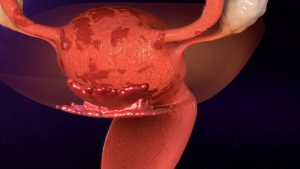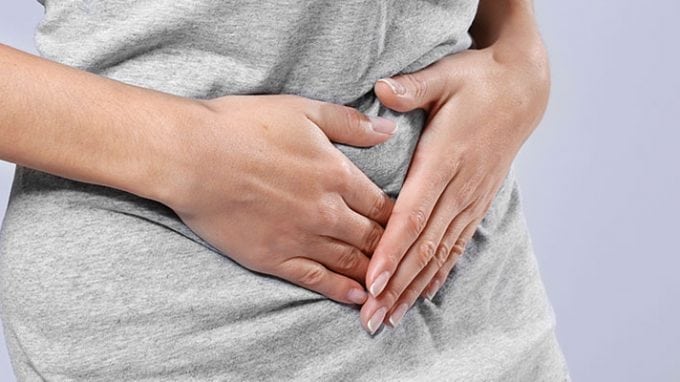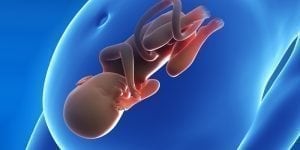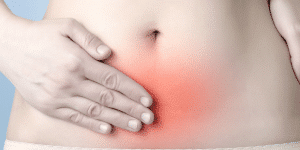A potentially serious disease known as endometriosis can impact a woman’s reproductive organs and ultimately lead to fertility problems.
This malady affects issues such as egg quality, other reproductive processes and fertility in general, however, there are methods that can be employed to relieve the illness and to maintain fertility.
What Is Endometriosis?
This common gynecological disorder occurs when the endometrium, the tissues that line a woman’s uterus, grow beyond that region and spreads into her reproductive organs, and in certain instances, to other areas of the body. Typically, however, the overextended endometrium remains confined to the ovaries, fallopian tubes and pelvic region.
This excess tissue functions like normal endometrium would, meaning it thickens, disintegrates and bleeds during a woman’s monthly menstrual period. However, because it is misplaced, it cannot be flushed out of her system the way normal endometrium would. The trapped tissue often involves the ovaries and precipitates a condition known as endometriomas, in which ovarian cysts form. These growths can eventually elicit irritations and scarring.
The issue of endometriosis can provoke a variety of symptoms such as; more painful than normal periods, pain experienced during intercourse, fatigue, excessive bleeding prior to and during menstrual cycles, gastrointestinal symptoms, periods that last longer than several days and discomfort when urinating and/or defecating. In addition, this malady may also be confused with numerous other reproductive and digestive problems. However, among the most significant and potentially devastating impacts of the disease is infertility.
The Impact Upon Egg Quality
When the ovaries are scarred and/or riddled with cysts, issues like poor circulation, potential ovarian rupture, an increased flow of toxins and poor follicle development can greatly interfere with the ability of these organs to produce and release healthy eggs for the fertilization process. Should such circumstances continue for extended durations, a woman’s fertility levels could be threatened. In fact, up to 50 percent of all women with endometriosis experience some degree of fertility difficulties.
The Role of Estrogen
 The primary female reproductive hormone, estrogen, is believed to play a critical part in the onset of endometriosis. Estrogen helps endometrium form and thicken. Women with elevated systemic concentrations of the hormone are more susceptible to endometrial overgrowth than woman with normal bodily levels.
The primary female reproductive hormone, estrogen, is believed to play a critical part in the onset of endometriosis. Estrogen helps endometrium form and thicken. Women with elevated systemic concentrations of the hormone are more susceptible to endometrial overgrowth than woman with normal bodily levels.
Treatment Options
Receiving a diagnosis and beginning a treatment protocol for endometriosis is crucial to not only alleviating and/or eliminating painful associated symptoms, but perhaps more importantly in avoiding any potential fertility concerns. Because the condition can mimic other sicknesses, a doctor may initially overlook it. It is therefore critical for women experiencing any of the manifestations to request that their physicians perform tests to either confirm the diagnosis or rule it out.
Though there is no specific cure for endometrial disease, there are effective treatments designed to alleviate pain and other symptoms, limit recurrences and enable women to maintain or reestablish adequate fertility levels. Such therapeutic endeavors include:
Modifying Your Diet
This may include changing your daily diet, avoiding key pollutants and balancing your hormones. The primary goal with lifestyle changes is to support the health and function of the endocrine, endometrium and immune systems overall. A nutrient- and fiber-rich diet that avoids foods known to make the condition of endometriosis worsen (wheat or gluten, red meat, dairy products, nonorganic foods and soy) is advised.
Medications
Physicians will often prescribe anti-inflammatory drugs designed to ease the pain and/or hormone therapy (for those women whose conditions are attributable to elevated estrogen levels).
Surgery
Laparoscopic procedures may be necessary to remove cysts and/or scar tissue. In the presence of more serious disease and/or significant damage, or in women unconcerned about becoming pregnant, a hysterectomy (removal of the majority of her reproductive organs) might provide a viable treatment option.





